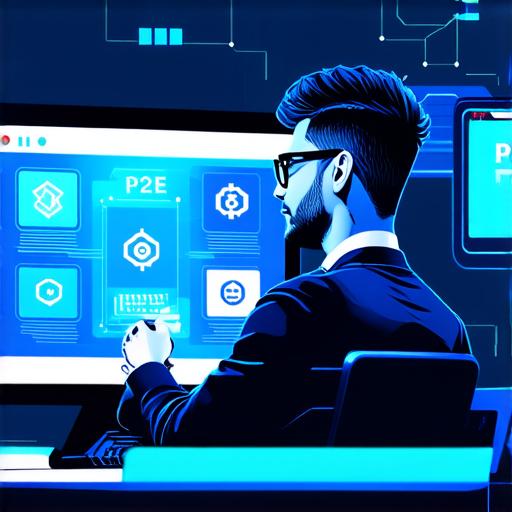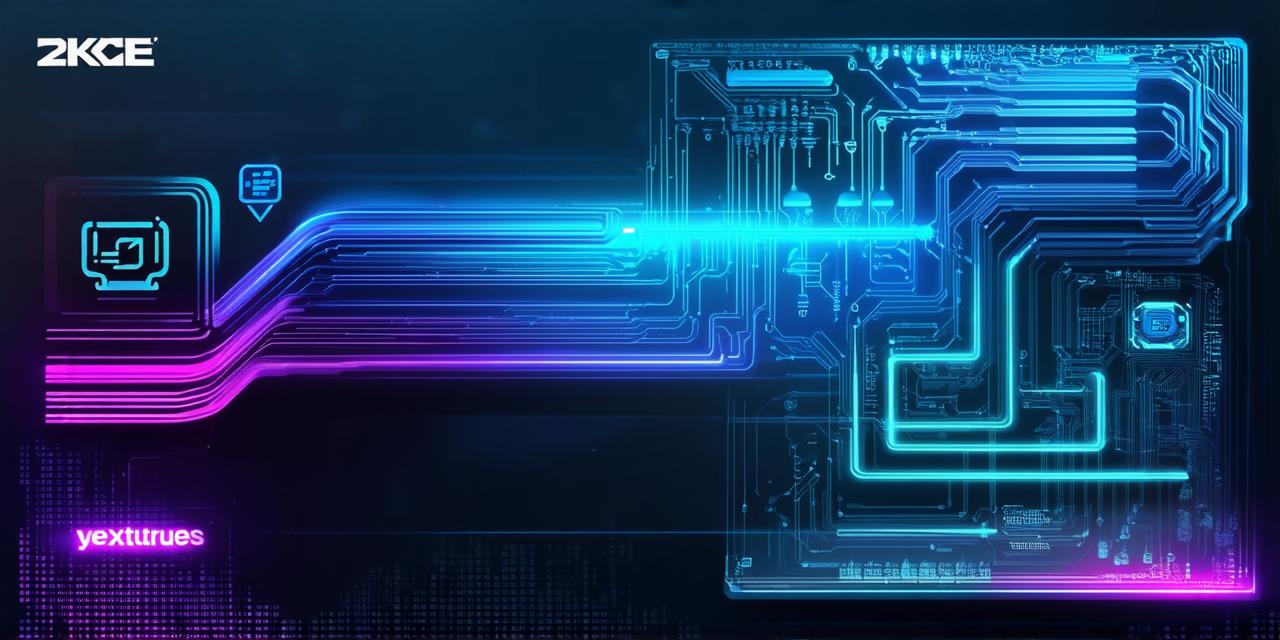P2E, short for “play-to-earn,” is a term used to describe a model of gaming that allows players to earn rewards and tokens through gameplay. In this model, players are incentivized to play games by earning cryptocurrency or other forms of digital assets.
P2E has gained popularity in recent years due to the rise of blockchain technology and the growing trend of decentralized finance (DeFi) applications. These applications are built on the Ethereum blockchain and allow users to participate in games and earn rewards in a secure and transparent manner.
The Benefits of P2E
One of the main benefits of P2E is that it allows players to earn real-world value through gameplay. This can be in the form of cryptocurrency, which can be used to buy goods and services or traded on decentralized exchanges (DEXs).
In addition to earning rewards, P2E games also provide a sense of community and engagement for players. These games often have social features that allow players to connect with each other, share tips and strategies, and compete against each other in leaderboards and tournaments.
Case Studies in P2E
There are many successful examples of P2E games and platforms in the blockchain industry. One popular example is Axie Infinity, a collectible battler that allows players to breed, battle, and collect fantasy creatures called Axies. Players can earn rewards in the form of SLP (Small Love Potion) tokens, which can be used to buy new Axies or traded on DEXs.
Another successful example is CryptoKitties, a blockchain-based game that allows players to breed and collect unique digital cats. Players can earn rewards in the form of MANA tokens, which can be used to buy new cats or traded on DEXs.
P2E vs. Traditional Gaming Models
While P2E games have many benefits, they are also different from traditional gaming models in several ways. In traditional gaming models, players typically purchase the game upfront and earn rewards through gameplay or microtransactions. However, in P2E games, players can earn rewards without having to make any purchases, making them more accessible to a wider audience.

In addition, P2E games are built on decentralized platforms, which means that they are not controlled by a central authority. This allows for greater transparency and security, as all transactions and rewards are recorded on the blockchain.
The Risks of P2E
While P2E offers many benefits, it also comes with certain risks. One major risk is that players may become too focused on earning rewards, which can lead to addiction and a lack of enjoyment in the game itself. In addition, the value of cryptocurrency can be volatile, which means that players may not always receive the rewards they expect.
P2E vs. Other Blockchain-Based Gaming Models
There are several other blockchain-based gaming models that have gained popularity in recent years. One example is play-to-own (PTO), which allows players to purchase and own unique assets within a game, such as weapons or characters. Another example is rent-to-own (RTO), which allows players to rent assets from other players for a set period of time.
While P2E offers some advantages over these other models, it also has some drawbacks. For example, the focus on earning rewards can be detrimental to the enjoyment of the game itself, and the lack of ownership can make it difficult for players to feel invested in the game’s community.
FAQs
What is P2E?
P2E stands for “play-to-earn,” a model of gaming that allows players to earn rewards and tokens through gameplay.
How does P2E work?
P2E games often have social features, challenges, tournaments, and puzzles that allow players to earn cryptocurrency or other forms of digital assets.
What are the benefits of P2E?
P2E allows players to earn real-world value through gameplay, provides a sense of community and engagement, and encourages long-term engagement with games.
What are some successful examples of P2E games and platforms?
Axie Infinity and CryptoKitties are two popular examples of P2E games and platforms in the blockchain industry.
How does P2E differ from traditional gaming models?
P2E games allow players to earn rewards without having to make any purchases, and they are built on decentralized platforms for greater transparency and security.
What are some risks associated with P2E?
Players may become too focused on earning rewards, which can lead to addiction and a lack of enjoyment in the game itself. The value of cryptocurrency can be volatile, and it can be difficult for beginners to understand how P2E works.
What are some alternative blockchain-based gaming models?
PTO (play-to-own) and RTO (rent-to-own) are two examples of alternative blockchain-based gaming models that have gained popularity in recent years.
Conclusion
P2E is a powerful model for gaming that has the potential to revolutionize the way we approach online gaming. By providing players with real-world value through gameplay, P2E games can be more engaging and enjoyable for players, while also building strong communities around them. As the blockchain industry continues to evolve, it will be interesting to see how P2E models continue to develop and evolve as well.
